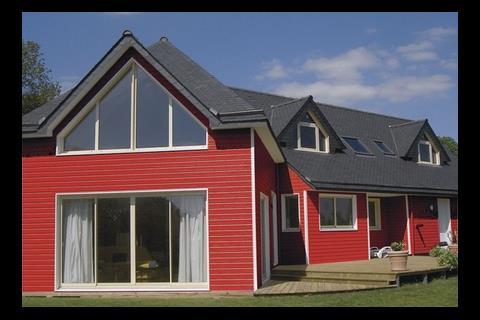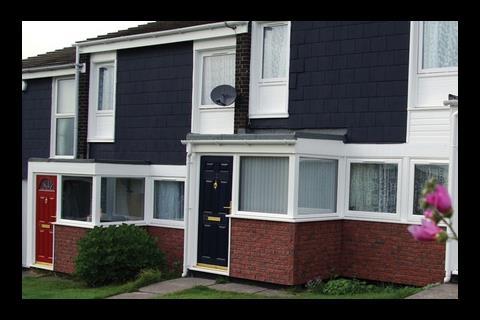… successful refurbishment. Peter Caplehorn of Scott Brownrigg offers some advice on bringing old buildings up to modern standards
Refurbishment is a major part of the housing sector. Bringing older buildings up to modern standards or converting disused warehouses into apartments, for example, is very popular and highly sustainable. However, many projects fall foul of the dangers and problems hidden within older buildings.
1. Know just what you’re taking on
Risk is the watchword with any refurbishment project. Establishing the age and hence the kind of materials and details that are likely to have been used is essential, as is establishing a history for the building, which will give you some idea of its weak points and the obvious elements that will need looking at or replacing.
In some cases it will be possible to establish if any maintenance has already been undertaken and how much – this is a good indicator of how much work will be needed.
For the designers the emphasis will be on the creative areas, but attention first needs to be paid to the basics. For example, how appropriate is the concept for the building? Some buildings will need just a refresh, but others may require significant changes and if these involve structure, weather proofing or services installations, then this will raise questions over the viability of the scheme.
You should try to get an accurate picture of these as soon as possible and check them against your overall cost plan.
Allow at least 20% contingency against any unforeseen items.
2. Foundations and structure
Foundations and structure are the most important elements to gain an understanding of. If these get out of control there will be significant time and money problems.
For older buildings foundations may be in very poor condition and it will be necessary to establish the geology under the building, which will indicate the potential water table and movement. A study of the area’s wider geology may also establish the risk of flooding or subsidence.
The structure on any sizeable project should be checked by an engineer before work begins. This is for the safety of the contractor as well as ensuring the project will run smoothly.
If need be, uncover areas to establish exactly what is going on – invasive measures are really the only way to establish if there is any asbestos in the building, for instance – a legal requirement under the Asbestos Act.
3. Weather protection and dampproofing
The main fabric of the building may well be in good condition. However, areas around eaves, gutters, flashings and joints will all need checking. Commonly, tops of walls or brickwork around openings can be degraded by weather over many years.
Many older buildings do not have any damp-proofing and those that do will very often need it replacing. It’s best to make the assumption that it will be needed until you have absolutely proved it will not.
If there is no damp-proofing, this will have a knock-on effect on the floor areas, weakening timbers and saturating concrete that will take a long time to dry to an acceptable standard.
Finishes are also important. You will need to look hard at how to finish the building in sympathy with its original nature. The success of many projects will hinge on the balance between the original finishes and the new ones. How much of each and the manner in which they blend or contrast is a highly skilled process and must not be taken lightly. A slight misjudgment could mean the difference between success and failure.
4. Drains and services
Drains also need to be checked carefully, as silting or settlement can reduce their efficiency considerably.
It is likely that most of the services in any refurbishment will need to be brought up to modern standards. Any elements that are remaining must be thoroughly tested as early as possible. Finding out late in the project that money must be spent replacing significant areas of pipework or cabling is a disaster for the program and budget.
5. Regulations
Watch out for betterment within the Building Regulations. If a change of use is triggered by the degree of alteration being undertaken, in the case of Parts B, E, L and M of the regulations, additional work will be needed under the betterment requirements.
Regulations consents and agreements can get particularly difficult with refurbishments because you have to take account of the building’s history.



























No comments yet